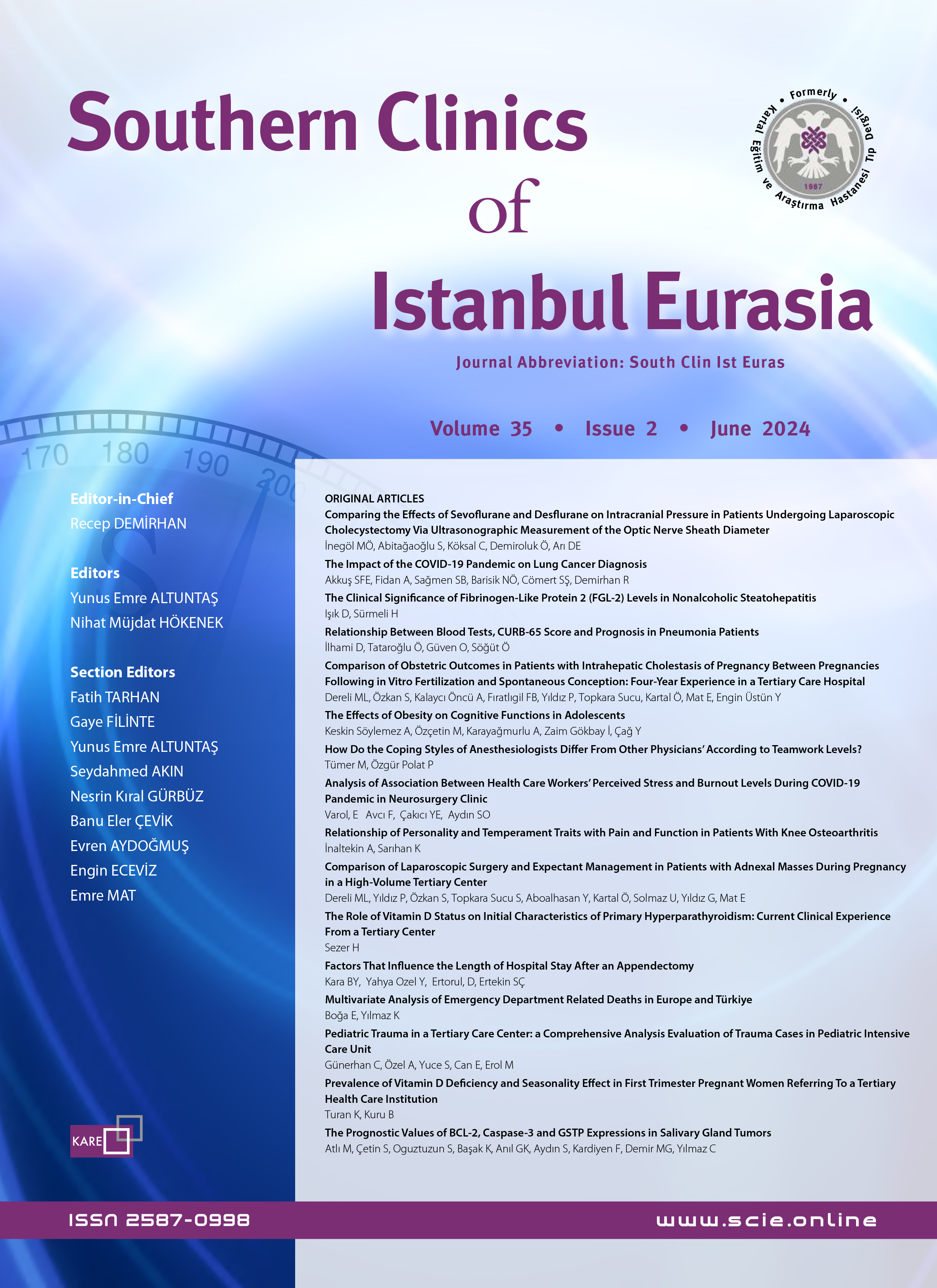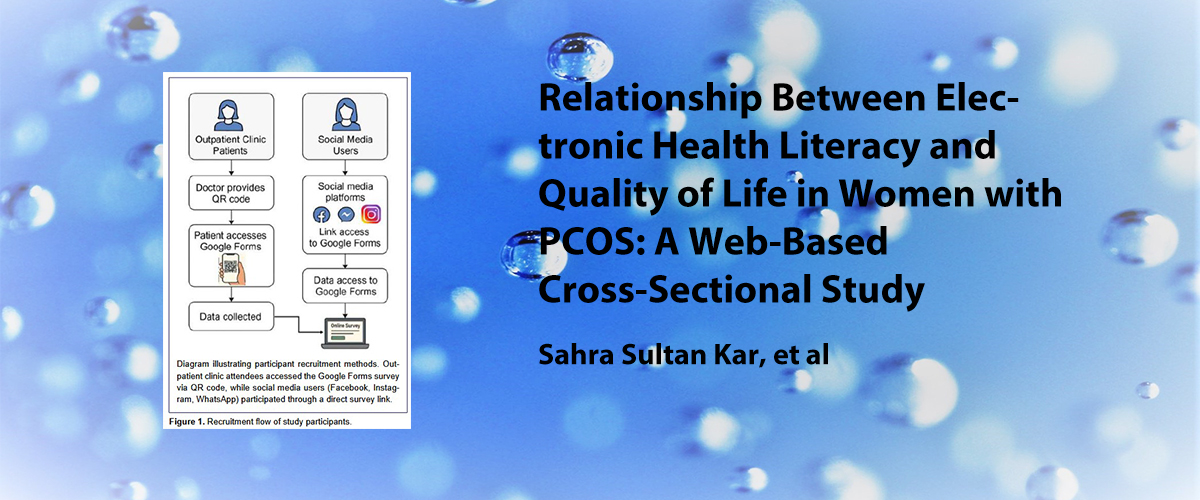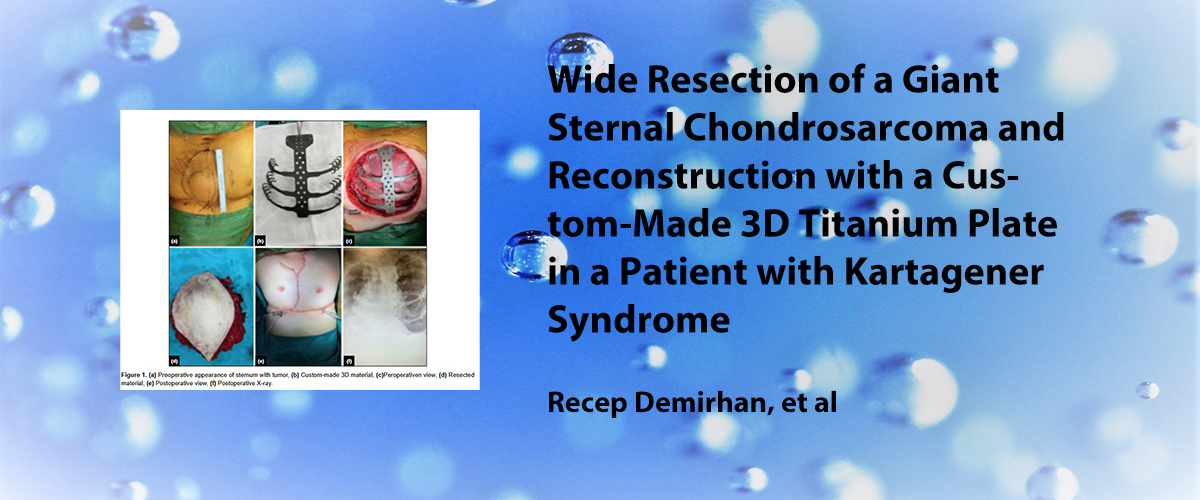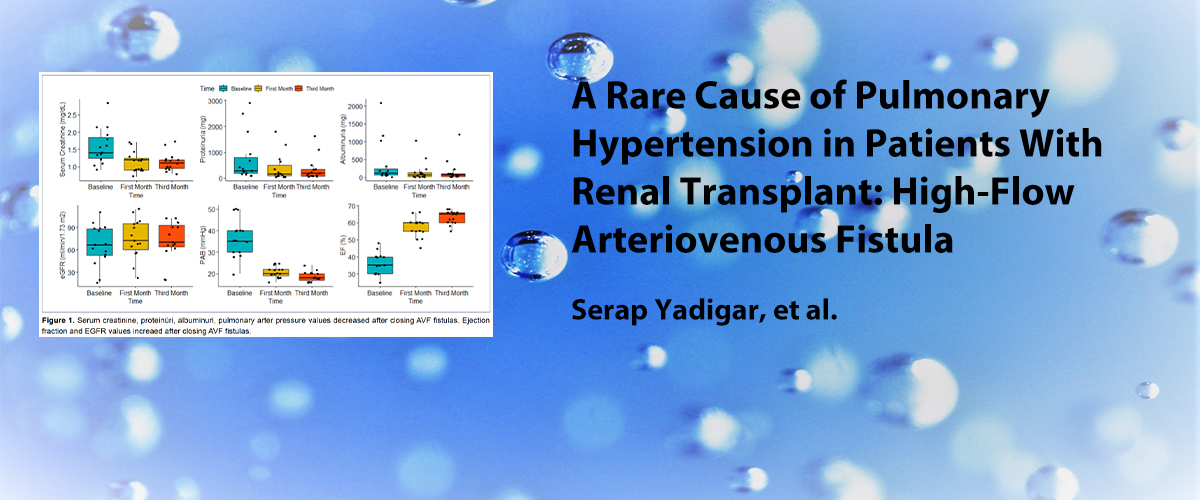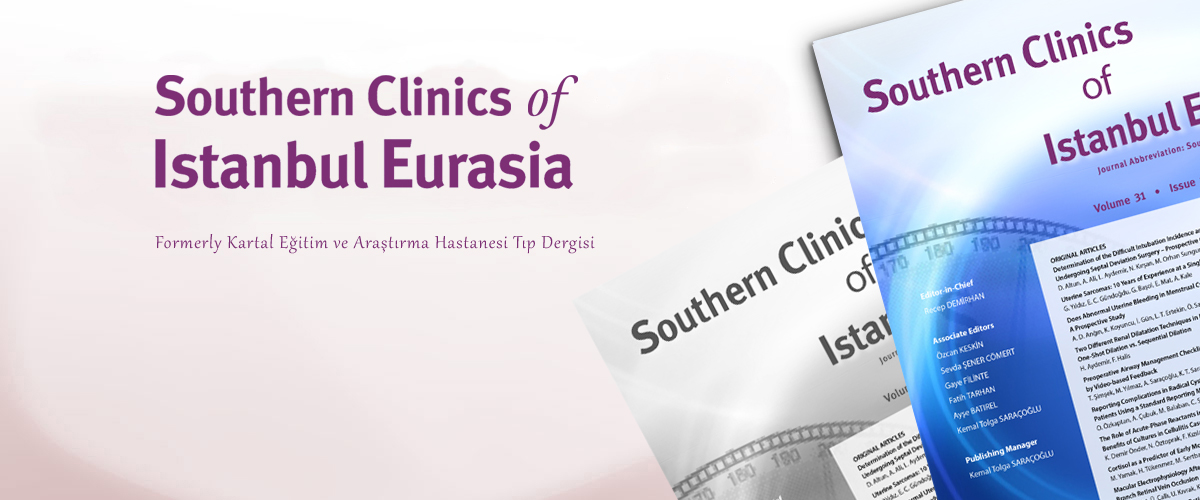ISSN : 2587-0998
Subakromiyal Sıkışma Sendromu ile Karıştırılabilen Pektoralis Minör Sendromu
Deniz Palamar1, İlknur Aktaş2, Kenan Akgün11İstanbul Üniversitesi Cerrahpaşa Tıp Fakültesi, Fiziksel Tıp ve Rehabilitasyon Anabilim Dalı, İstanbul2Sağlık Bakanlığı Üniversitesi Fatih Sultan Mehmet Eğitim ve Araştırma Hastanesi, Fiziksel Tıp ve Rehabilitasyon Anabilim Dalı, İstanbul
GİRİŞ ve AMAÇ: Pektoralis minör sendromu (PMS), üst ekstremiteyi etkileyebilen nörovasküler bir hastalıktır. Bu çalışmada, PMS tanısı alan hastalar demografik ve klinik özellikleri ve eşlik eden subakromiyal sıkışma sendromu açısından değerlendirildi.
YÖNTEM ve GEREÇLER: Pektoralis minör kas bloğu ile PMS tanısı konulan 12 ve 70 yaş arasındaki 12 hasta geriye dönük olarak değerlendirildi. Pektoralis minör kas bloğu ultrasonografi rehberliğinde uygulandı.
BULGULAR: Toplam 12 hasta değerlendirildi. Hastaların %83ünde ağrı, %58.3ünde parestezi ve %16.6sında şişlik yakınması mevcuttu. Fizik muayenede, hastaların %58.3ünde biseps tendonunda hassasiyeti, %16.6sında subakromiyal hassasiyet ve %16.6sında akromioklaviküler eklem hassasiyeti saptandı. Hastaların %66.6sında subakromiyal sıkışma testleri pozitif saptandı, %33.3ünde ise subakromiyal enjeksiyon testi pozitif olarak değerlendirildi.
TARTIŞMA ve SONUÇ: Pektoralis minör sendromu, gözden kaçabilen bir tanıdır ve subakromiyal sıkışma sendromu gibi başka diğer hastalıklarla karışabilir. Bunun yanında, subakromiyal sıkışma sendromu PMSye eşlik edebilir. Bu nedenle, bu tür ağrılı patolojilerde tanı için, referans test olarak subakromiyal enjeksiyon testi ve pektoralis minör kas bloğu gibi enjeksiyon testleri kullanılmalı ve bununla birlikte bu iki klinik tablonun birlikte görülebileceği de akılda tutulmalıdır.
Pectoralis Minor Syndrome Miscible with Subacromial Impingement Syndrome
Deniz Palamar1, İlknur Aktaş2, Kenan Akgün11Department of Physical Medicine and Rehabilitation, İstanbul University Cerrahpaşa Faculty of Medicine, İstanbul, Turkey2Department of Physical Medicine and Rehabilitation, University of Health Sciences Fatih Sultan Mehmet Training and Research Hospital, İstanbul, Turkey
INTRODUCTION: Pectoralis minor syndrome (PMS) is a neurovascular disorder affecting the upper extremity. In the present study, the demographic and clinical features of patients diagnosed as PMS were examined, as well as cases of concomitant subacromial impingement syndrome (SIS).
METHODS: A retrospective trial was conducted with 12 patients with the diagnosis of PMS according to a pectoralis minor muscle (PMM) block test. The PMM block was performed under the guidance of ultrasonography.
RESULTS: Of the 12 PMS patients evaluated, 83% had a complaint of pain, 58.3% had paresthesia, and 16.6% had swelling of the hand. A physical examination revealed that 58.3% of the patients had tenderness at the biceps tendon, 16.6% had subacromial tenderness, and 16.6% had tenderness at the acromioclavicular joint. In 66.6% patients, subacromial impingement tests were positive, and 33.3% of them had a positive subacromial injection test (SIT).
DISCUSSION AND CONCLUSION: PMS can be overlooked and may also be confused with other disorders, such as SIS. Furthermore, SIS may also accompany PMS. Therefore, in such painful pathologies, injection tests such as SIT and PMM block should be used as the reference test for the diagnosis and it should be kept in mind that these 2 clinical disorders can be observed together.
Makale Dili: İngilizce


